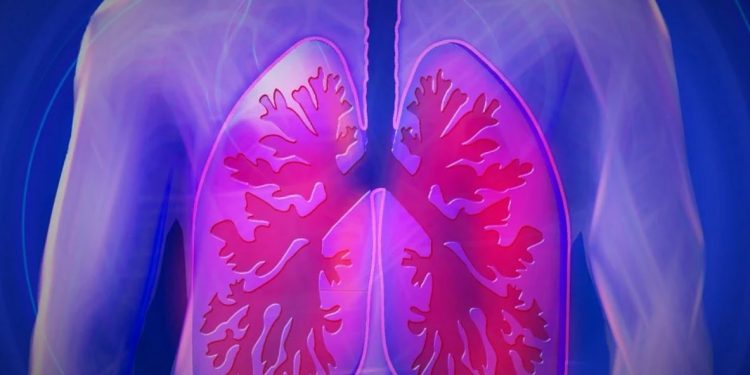Experts at the Indraprastha Apollo Hospital Wednesday said that lung cancer cases among non-smokers have increased five-fold in the past decade.
For the past few years winters in the North of India have been particularly tough as the majority of the cities get engulfed in a thick blanket of smog which consists of concentrated particulate matter, the hospital said.
“The worsening air condition is a major contributor to lung cancer and other respiratory diseases, especially in the months of November-January, we breathe in air as toxic as 70 cigarettes a day,” Dr Sudha Kansal, Senior Consultant, Pulmonology & Respiratory Medicine, Indraprastha Apollo Hospitals in New Delhi, said in a statement.
According to the experts, people continue to breathe in this toxic air and consequently have developed respiratory illnesses like COPD, asthma, bronchitis, and other grave respiratory illnesses.
According to the World Health Organization (WHO) long term exposure to outdoor air pollution is one of the leading carcinogenic (cancer-causing agent).
Lung cancer has now been registered as the 3rd most common form of cancers reported in India, after stomach and breast cancer.
While tobacco smoking is still a primary cause of the disease, the share of non-smokers being diagnosed with lung cancer has risen to 50 per cent within a decade and a very large number of these patients are women.
“There are mainly two types of outdoor air pollutants namely ozone and particle pollution,” Kansal said.
“The size of the particulate matter defines its impact on the lungs. Particulate matter as small as 2.5 microns is said to have direct relationship with lung cancer,” Kansal added.
There have been observations that these minute particles when entering the human body cause alteration in the DNA which ultimate causes cancer.
The experts stressed that toxic air not only harms the lungs but can damage other organs and bodily functions.
Some major health impacts of air pollution that are commonly observed are aggravated bronchial asthma and other COPD diseases, damage to the nervous system, cardiovascular ailments and fatigue, headache, anxiety and irritation in the nose, eyes and throat.
IANS






































